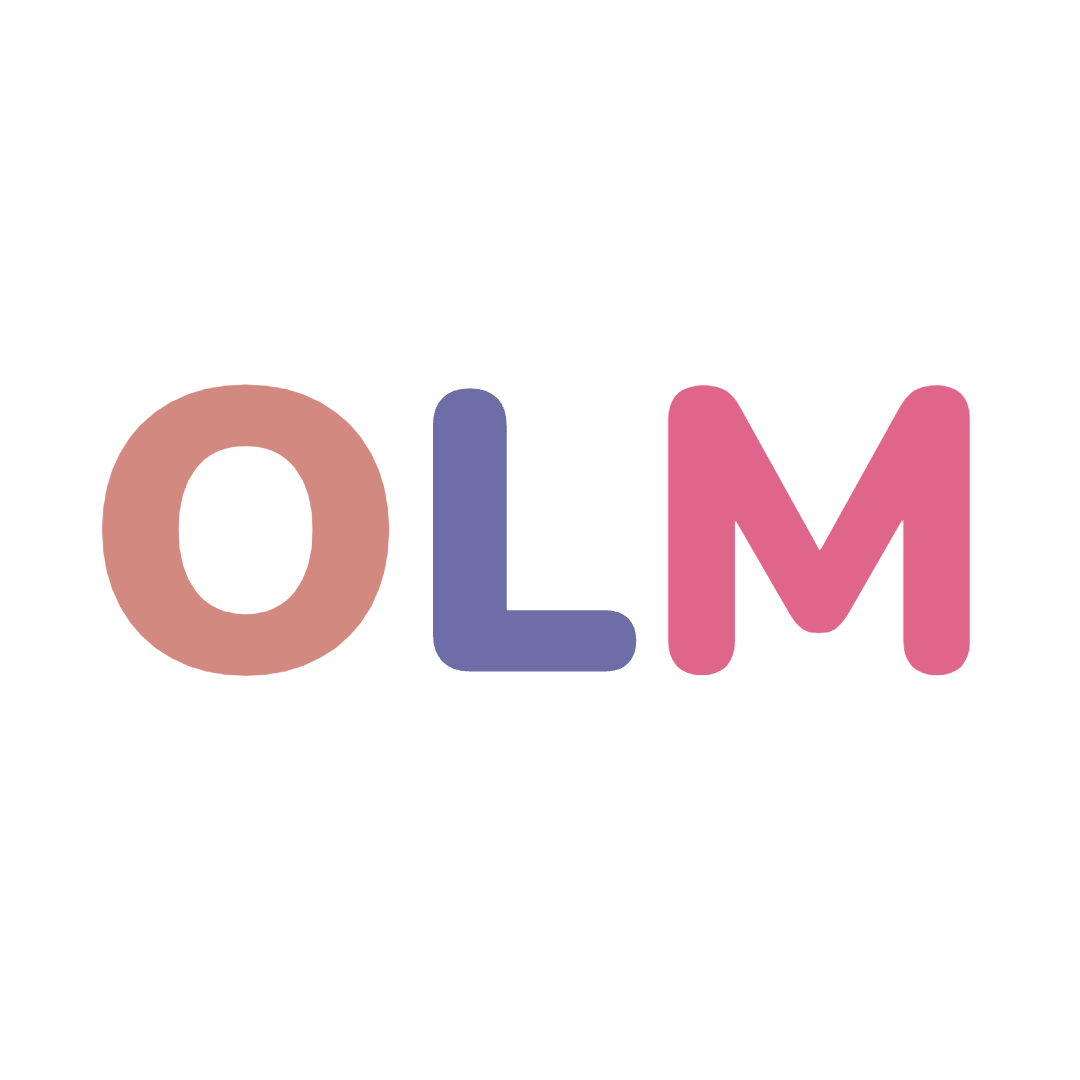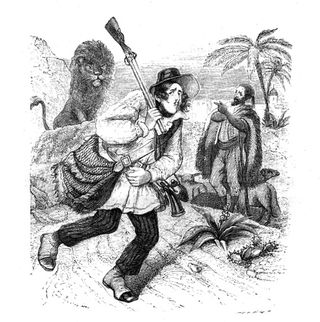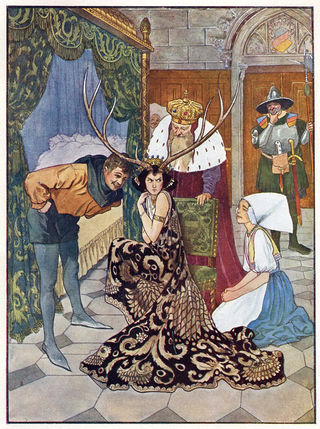A: what type of stories___like reading? B: I___reading fairy tales.
Hãy nhập câu hỏi của bạn vào đây, nếu là tài khoản VIP, bạn sẽ được ưu tiên trả lời.


Đáp án:
Nicky: What do you do in your free time?
Harry: I read a lot. I like fairy tales.
Nick: I see. What are you reading now?
Harry: Snow White and the seven Dwarfs. What about you? Do you like fairy tales?
Nick: No, I don’t. I like reading short stories.
Harry: What are you reading now?
Nick: A Halloween story.
Dịch:
Nicky: Bạn làm gì trong thời gian rảnh?
Harry: Tôi đã đọc rất nhiều. Tôi thích truyện cổ tích.
Nick: Tôi hiểu rồi. Bạn đang đọc gì vậy?
Harry: Bạch Tuyết và bảy chú lùn. Thế còn bạn? Bạn có thích truyện cổ tích không?
Nick: Không, tôi không có. Tôi thích đọc truyện ngắn.
Harry: Bạn đang đọc gì bây giờ?
Nick: Một câu chuyện Halloween.

Do you read books in your free time?
Yes,I do.
Do you reading short stories comic book or fairy tales?
I reading comic book.
What are you reading now?
I'm reading Case Closed
What is your favourite character?
It's Conan.
What is he ?
He's clever and brave.
câu 4 là mình không thích truyện cổ tích nên mình đã bớt fairy tales.Mong bạn thông cảm

1. No, I watch TV in my free time.
2. Maybe I like only compic books.
3. I reading a compic book.
4. I think I like Doreamon!
5. He's kind.
6. he's gentle.
7. I have it four times a week.
8. I think I go to the supermaket in this holiday.
9. I'm going to swim on Sports Day.
10. Because I want to talk my friends in internet
đ ko bn :D?

Fairy tales are very good for children beacuse of some reasons. Firstly, they boost a child's imagination and cultural literacy. A child's imagation is a powerful and unique thing. It's not only used to make up stories and games, it;s a key factor in their creative thoughts and can define the type of education, career and life they have. Fairy tales often include difference cultures and ways of doing things. They teach children about cultural difference in the world outside. Then, they gift children a curiosity to learn new things and experience new places.
Secondly, fairy tales teach children right from wrong. It;s always in a fairytales's DNA to have a strong moral lesson, a fight between good and evil, love and loss, and these lessons rub off on our children. Fairy tales teach children that good persons will always win and, while this may not be true in aspects of the of the real world, the lesson is simple and important. Be the hero, not the villain, Learn to hope for better.
1. How many main advantages of fairy tales are mentioned in the passage?
2
2. What does the writer say about children's imagination?
A child's imagation is a powerful and unique thing.
3. According to the writer, what do fairy tales often include?
Fairy tales often include difference cultures and ways of doing things
4. What do fairy tales tech children?
Fairy tales teach children that good persons will always win and They teach children about cultural difference in the world outside.
5. What does a fairy tale aways have?
a strong moral lesson
Fairy tales are very good for children beacuse of some reasons. Firstly, they boost a child's imagination and cultural literacy. A child's imagation is a powerful and unique thing. It's not only used to make up stories and games, it;s a key factor in their creative thoughts and can define the type of education, career and life they have. Fairy tales often include difference cultures and ways of doing things. They teach children about cultural difference in the world outside. Then, they gift children a curiosity to learn new things and experience new places.
Secondly, fairy tales teach children right from wrong. It;s always in a fairytales's DNA to have a strong moral lesson, a fight between good and evil, love and loss, and these lessons rub off on our children. Fairy tales teach children that good persons will always win and, while this may not be true in aspects of the of the real world, the lesson is simple and important. Be the hero, not the villain, Learn to hope for better.
1. How many main advantages of fairy tales are mentioned in the passage?
=> There are twom main advantages of fairy tales are mentioned in the passage
2. What does the writer say about children's imagination?
=> The writer say about a powerful and unique thing
3. According to the writer, what do fairy tales often include?
=> Fairy tales often include difference cultures and ways of doing things.
4. What do fairy tales tech children?
=> They teach children about cultural difference in the world outside. Then, they gift children a curiosity to learn new things and experience new places.
5. What does a fairy tale aways have?
=> A fairy tale always have a strong moral lesson, a fight between good and evil, love and loss, and these lessons rub off on our children.

Câu hỏi của mi linh lo - Tiếng anh lớp 7 | Học trực tuyến
bạn tham khảo ở đây nhé !
(bấm vào dòng chữ màu xanh)
chúc các bn hok tốt !
1. Are you reading a fairy tale or a comic book ?
2. She thinks that Conan Edogawa is brave and intellgent
3. What first happened in this story ?
4. Are you reading Grim's fairy tale ?
5. I often read short stories in my free time

Do you read books in your free time?
Yes,I do.
Do you reading short stories comic book or fairy tales?
I reading comic book.
What are you reading now?
I'm reading Case Closed
What is your favourite character?
It's Conan.
What is he ?
He's clever and brave.
câu 4 là mình không thích truyện cổ tích nên mình đã bớt fairy tales.Mong bạn thông cảm
Do you read books in your free time?
Yes, I do./No, I don't.
Do you reading short stories comic book or fairy tales?
Yes, I do./No, I don't.
What are you reading now?
I'm reading Cinderella.
What is your favourite fairy tale character?
My favourite fairy tale character is Cinderella.
What is she/he ?
She is gentle and beautiful.
Còn nhiều cách trả lời lắm. Mình chỉ gợi ý như này thui nha.

One definition of what separates us from other species is our ability to construct narratives from our random thoughts, memories, and imaginings. We are a species of storytellers. How and why we construct stories remains a mystery, one being explored by biologists, anthropologists, psychologists, neuroscientists, and researchers in semiotics and linguistics. One common thread in the research is that stories help us make sense of our lives.
 The Lion and Hunter (c. 1840s) by Grandville (1803-1847)
Source: Public Domain
The Lion and Hunter (c. 1840s) by Grandville (1803-1847)
Source: Public Domain
Brian Boyd, author of On the Origin of Stories: Evolution, Cognition, and Fiction, suggests that we are hard-wired to tell stories. Boyd argues that art, in general, and fiction, in particular, have evolved from cognitive play and serve an evolutionary survival function. Our oldest stories, our myths and fairy tales — the story about the hunter and the stealthy lion, or the one about the fox and his invisible cape — may have determined whether our primordial ancestors lived or died. Over time, these stories have become embedded in the warp and woof of our culture, and while the danger of a humanly cunning lion may no lo nger fit our lifestyle, we get the point. Viewed literally, lions can maim us; taken symbolically, understanding and honoring the ways of an intelligent and powerful predator might help us navigate certain obstacles in our lives.
I’ve recently written several blogs about fairy tales. Fairy tales present simple stories that are still relevant as guides to the archetypal patterns in our unconscious minds. They are also teaching stories and cautionary tales that speak to the mythopoeic in our psyches, that aspect of our minds that think in metaphor and symbol. Like our ancestors who lived closer to nature, and like the cosmologies of many indigenous peoples, we, too, have the capacity to experience a tree as a spirit helper or a demon or a bewitched prince. While the earliest folk tales emerged from peoples who possessed a less sophisticated notion of the world, their repertoire of emotions and the stories they wove around them were not dissimilar to our own. Greed, loneliness, jealousy, sorrow — these continue to be our human burden. Cinderella, Bluebeard, Sleeping Beauty are our contemporaries, their journeys to selfhood or self-destruction familiar to our modern souls.
 Rohata Princezna (Princess with Horns) (1920s) by Artuš Scheiner (1863-1938) from Under Command Of Magic by J. Š. Kubín.
Source: Under Command of/ Magic by J. Š. Kubín (1920s)/Public Domain
Rohata Princezna (Princess with Horns) (1920s) by Artuš Scheiner (1863-1938) from Under Command Of Magic by J. Š. Kubín.
Source: Under Command of/ Magic by J. Š. Kubín (1920s)/Public Domain
One way to more fully experience the wisdom of fairy tales is to write your own. Through objectifying the contents of our unconscious by drawing, sculpting, writing, dancing, we find the healing symbols within. The Red Book is a record of Carl Jung’s own plunge into an almost psychotic state after his break with Sigmund Freud in 1913. Characters from his unconscious welled up in his conscious mind. Methodically, with terror and fortitude, he recorded his dialogues with these characters as if they were flesh and blood and Jung even painted images that illustrated his experiences with them. Jung sometimes feared during this period that he was toppling into a psychotic state, but by working consciously with these figures, he found he was able to hear their wisdom “from the other side.” These encounters later lead to his theory of Active Imagination, which he somewhat describes in this advice to an analysand about working with her dreams.

A: What type of stories do you like reading? B: I like reading fairy tales.
A: What type of stories do you like reading?
B: I like reading fairy tales.